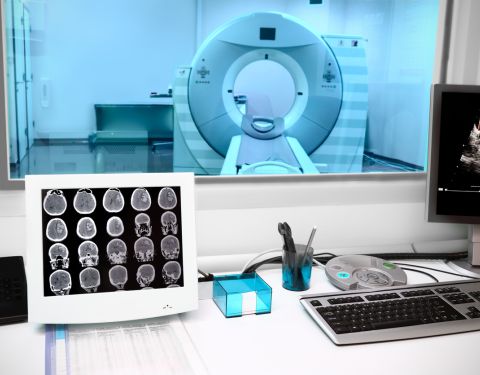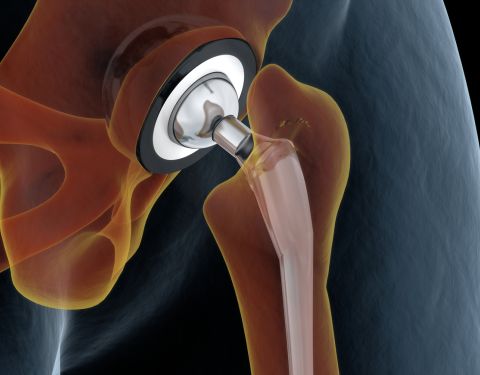Hernia surgery in France
Learn everything about hernia repair and other hernia surgery in France.

What is a hernia and the history of hernia surgery in France & in the world?
A hernia is a complete or partial outpouching of an organ under the skin, between muscles, or into the internal pockets and cavities through the openings in the anatomical structures. These may be openings or passages existing under normal conditions and increasing under abnormal conditions, and openings that occur at the site of a tissue defect, post-operative scar thinning, etc. According to localization, cerebral, muscular, diaphragmatic hernias and abdominal hernia are distinguished. Hernias of the abdomen are classified according to their anatomical location.
Thus, doctors distinguish inguinal, femoral, umbilical, post-operative and ventral hernias, and also midline hernias and internal hernias. In order to prevent discomfort from the operated hernia, to provide the quickest possible recovery and return to normal everyday life, surgeons use tension-free and laparoscopic hernioplasty. These are modern, reliable, and effective methods of hernia excision.
A genuine breakthrough in herniology was the use of meshes during surgeries on hernias. It is in 1989 when meshes were involved in the treatment of a hernia for the first time, and from then onward technologies have been constantly improving. While in the past hernia orifice was closed with local patient’s tissues, now a patch in the form of a mesh made of modern materials, which prevents outpouching of a hernia, is applied instead. At the same time, there are different ways of fixing these meshes: some of them are sewn, some are fixed with a special stapler, and others do not require additional fixation at all.

In conclusion, we can say that a hernia is easily managed (we are talking only about the surgical treatment). The main thing is that you must seek immediate medical attention in case of slightest suspicion as a neglected hernia may lead to entrapment!
What types of hernia surgery in France are performed successfully?
The thing is that this disease involves rupture of the fibrous ring of the intervertebral disc, resulting in running of the disc nucleus out, due to which a hernia is formed.
There are 3 main types of intervertebral hernias:
-
a cervical hernia;
-
a thoracic hernia;
-
a lumbar hernia.
Also, hernias may be of two types:
1. Sequestrating hernia of the spine. It is a complicated type of herniated disc which is characterized by running of the nucleus pulposus disc out into the spinal canal, where it can compress spinal nerves.
2. Schmorl a hernia (Schmorl cartilaginous node) is a protrusion of the intervertebral disc into the body of the overlying or underlying vertebra, without affecting the spinal cord.
To rule out other diseases, diagnostics of a spinal hernia is performed. The most informative is magnetic resonance imaging (MRI), computed tomography (CT) and X-ray diagnostics.
Some types of hernias lead to serious pain syndromes, moreover, it may cause paralysis due to compression of the spinal cord with a hernia.
Current methods of hernia surgery in France allow minimizing the risk of post-operative complications and recurrences.
Surgical treatment is indicated if non-surgical treatment was ineffective. Surgical methods of treatment include:
-
Replacement of the intervertebral disc;
-
Percutaneous thermocoagulation of the intervertebral joints;
-
Percutaneous nucleotomy;
-
Microdiscectomy;
-
Endoscopic microdiscectomy;
-
Laser reconstruction of intervertebral disc (LRD);
-
Vertebroplasty;
-
Kyphoplasty;
-
Biological renewal of the intervertebral disc;
-
Chemonucleolysis.
The treatment method is selected on an individual basis depending on the diagnostic findings.

This list is not exhaustive and is provided for informational purposes.
Please contact us for further information.


















